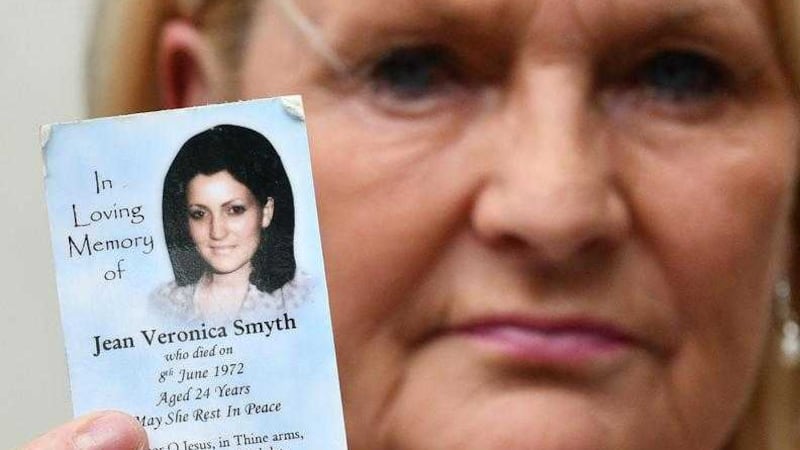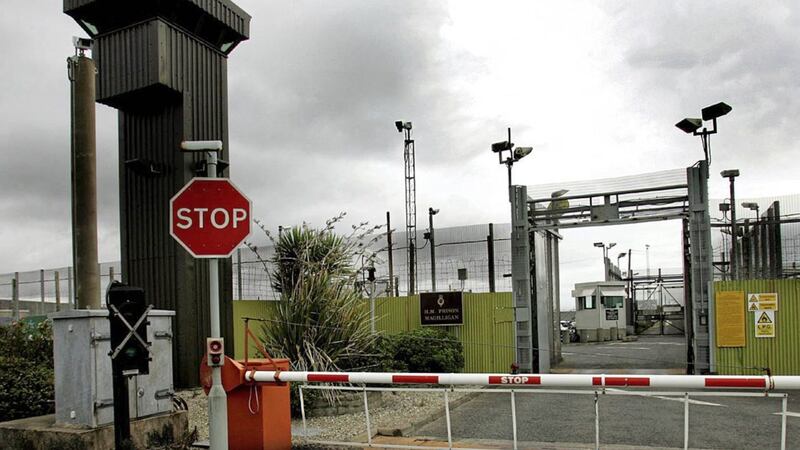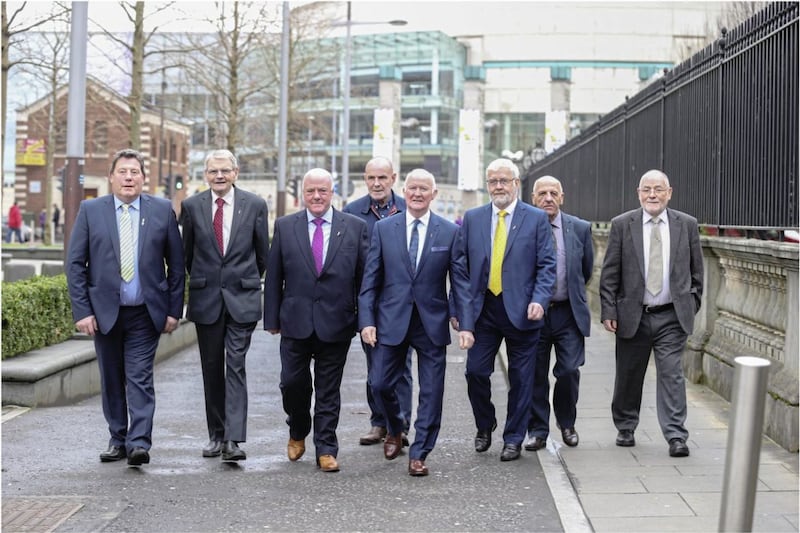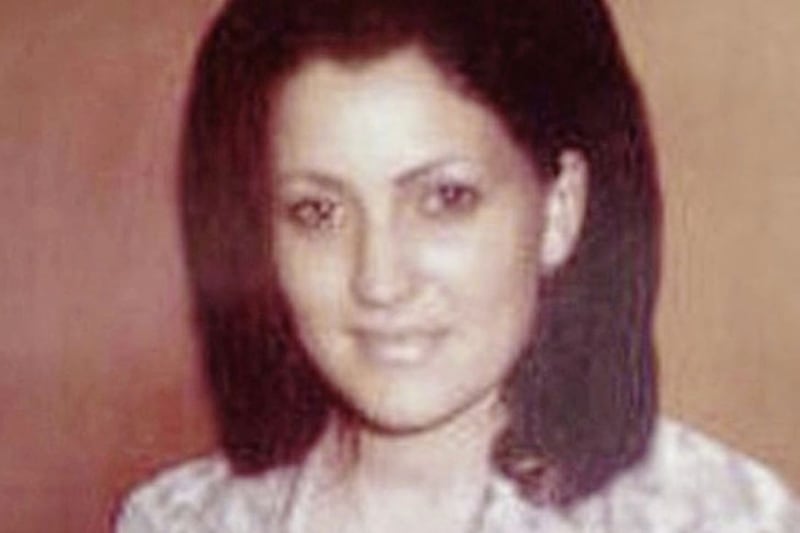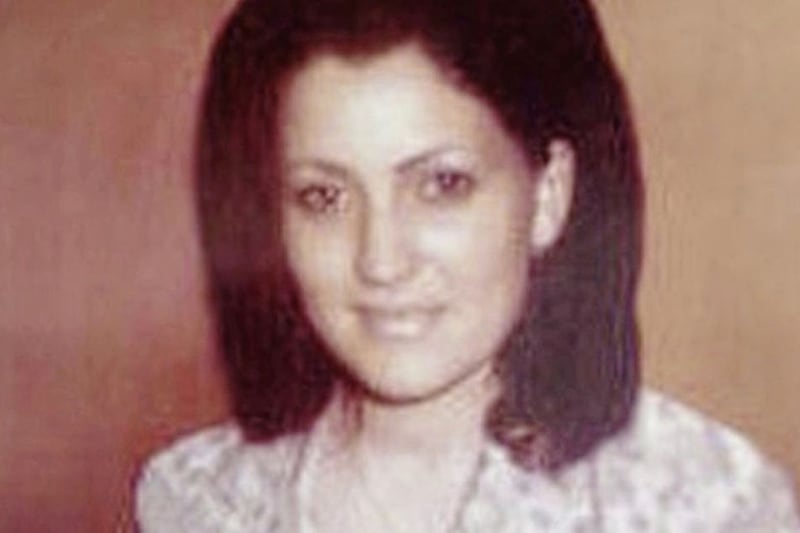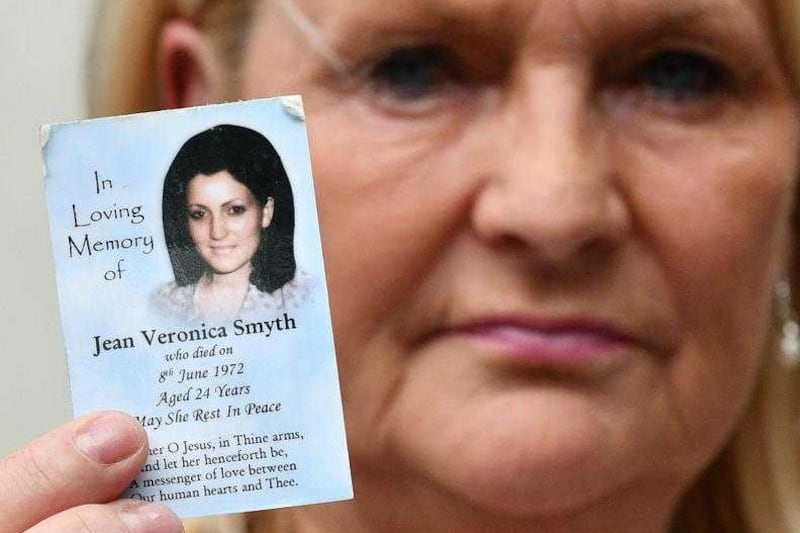THE PSNI does have the independence required for a new investigation into the suspected military killing of a woman in west Belfast more than 40 years ago, the High Court has heard.
Counsel for the Chief Constable insisted the force is "institutionally distinct" from its predecessor - amid claims RUC officers may have colluded to prevent undercover soldiers being implicated in the shooting of Jean Smyth.
A judge was also told the allegations of potential police involvement in any cover-up was assumption and speculation.
Mrs Smyth, a 24-year-old mother of one, was killed by a single shot to the head as she sat in a car on the Glen Road in June 1972.
At the time the RUC informed her family that it was probably an IRA gunman who opened fire.
But records uncovered at the National Archives in Kew, London two years ago suggest the British army's Military Reaction Force (MRF) fired shots in the area and were allegedly involved in the killing, a judge was told.
Mrs Smyth's family have issued judicial review proceedings amid claims the PSNI lacks the necessary impartiality to carry out a fresh probe.
Detectives from the force's Legacy Investigation Branch (LIB) are currently examining nearly 20 shooting incidents as part of wide-ranging inquiries into the MRF's activities.
The family's legal team contend that new evidence links the British state's own agents to the killing of an innocent citizen.
It was claimed that police and army officers may have concealed the truth about the shooting for more than 40 years.
Responding on behalf of the Chief Constable, Tony McGleenan QC argued that the challenge should "fall at the first hurdle".
He identified three theories on who fired the fatal round:
:: A paramilitary organisation, most likely republicans in a gun exchange with the army, but also possibly the loyalist UVF grouping.
:: Soldiers operating out of a sangar in the area.
:: A member of the MRF.
Mr McGleenan stressed that both the RUC and its successor police force were independent of all three groupings.
"There's high authority in support of our proposition that the PSNI is institutionally distinct from the RUC," he said.
"And given that the RUC were not institutionally connected to those implicated in the events, we say that on a fairly rudimentary analysis the applicant faces the steepest of uphill climbs to make good the case that there's a lack of independence."
During exchanges Mr Justice Maguire questioned why previous investigations into Mrs Smyth's death did not examine possible military involvement.
He described inadequacies in the original probe and a subsequent review carried out by the now defunct Historical Enquiries Team as "troubling".
According to Mr McGleenan that was why the Chief Constable recognised the case required analysis by the LIB.
He also claimed the applicant's lawyers were attempting to show "through assumption, speculation and tracking through documents that there was RUC collusive involvement".
The hearing continues.
